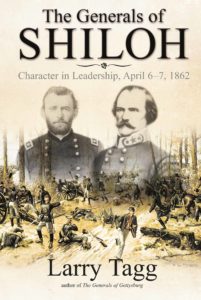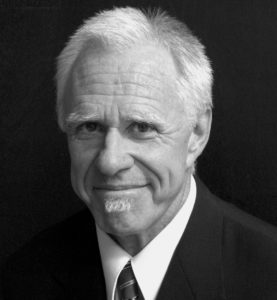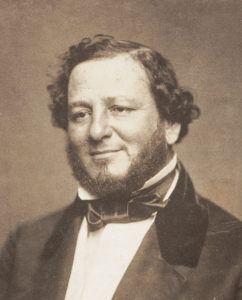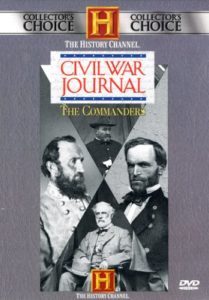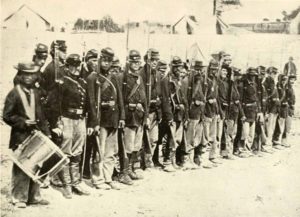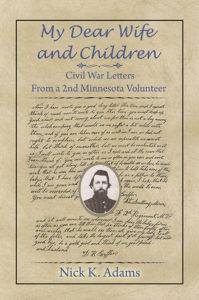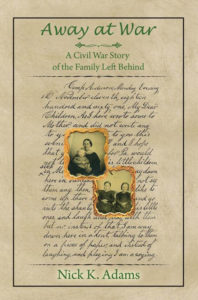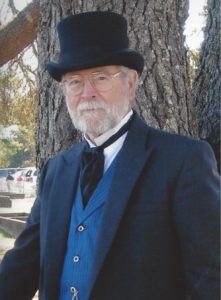Civil War Quiz: What Do You Really Know About the Battle of Gettysburg?
Q#1 – What was the name of the battle fought on June 9, 1863, that involved Union and Confederate cavalry and preceded the Battle of Gettysburg?
Q#2 – When General Jubal Early entered Gettysburg on June 26, 1863, why was his demand of $10,000 worth of goods and produce not met by the town’s citizens?
Q#3 – What action by Pennsylvania militia thwarted Confederate General Early’s plan to attack Harrisburg, PA?
Q#4 – What was the name of the Union cavalry officer who fired the first shot at the Battle of Gettysburg on the morning of July 1, 1863, in the vicinity of a stone bridge across Marsh Creek?
Q#5 – What were the names of the two Union colonels who commanded the two brigades under John Buford?
Q#6 – Jennie Wade was the only civilian killed at the Battle of Gettysburg when a skirmisher’s bullet pierced two wooden doors while she was standing in her sister’s kitchen kneading dough. Who built the coffin that she was buried in?
Q#7 – Early on July 2, Confederate General Longstreet made his arguments to Robert E Lee in favor of disengaging from Gettysburg and making a wide swing around the Union’s left flank. What reason did Lee give Longstreet for rejecting that suggestion?
Q#8 – Early on July 2, Union XII Corps division commander General John Geary was ordered to remove the two regiments he had stationed on Little Round Top and relocate them to Culp’s Hill. Geary recognized the danger of leaving Little Round Top undefended thus leaving the Union line open to being flanked by Confederates. Who did Geary notify of this concern and what was the response?
Q#9 – What was the name of the general who Union Commander George Meade ordered to accompany General Sickles in assessing if Sickles should relocate his III Corps from their position on the southern end of Cemetery Ridge further west to a line along the Emmitsburg Road? What was that general’s reaction to Sickle’s request?
Q#10 – On July 2nd, what was the name of the Union regiment that Union General Hancock ordered forward to close a large gap in the Union line on the south end of Cemetery Ridge that was being threatened by the Confederate General Cadamus Wilcox’s brigade?
Q#11 – On July 2nd, what was the name of the Confederate Division commander that General Lee had counted on to continue the echelon attack against the center of the Union Line on Cemetery Ridge, but was severely wounded before he could order his division forward?
Q#12 – At General Meade’s council of war on the evening of July 2nd, to facilitate the decision-making regarding options for the Army of the Potomac, Meade’s Chief of Staff General Daniel Butterfield wrote down three questions that the generals in attendance needed to answer. What were those three questions?
Q#13 – Lee’s initial plan for attacking on July 3rd involved two flanking attacks launched at the same time: Longstreet attacking the Federal center on Cemetery Ridge from his positions in the Peach Orchard and Devil’s Den; Ewell attacking southward from the trenches that General Johnson had seized on Culp’s Hill. Why did this plan disintegrate before it even had a chance to get started?
Q#14 – Approximately how many cannons were deployed for the Confederate artillery bombardment that preceded Pickett’s Charge on July 3rd? Approximately how many rounds of ammunition were available to each gun?
Q#15 – What was the final attack on July 3rd following the defeat of Picket’s Charge?

